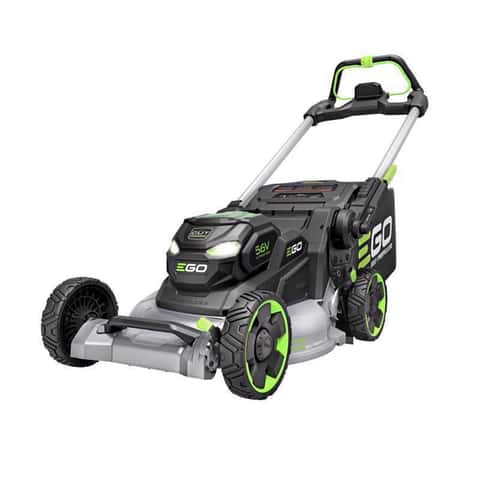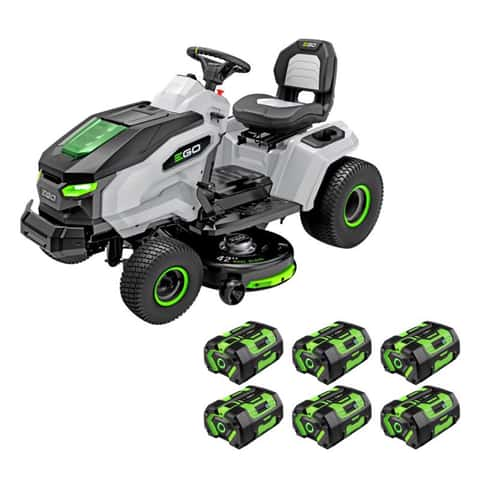Portable hookah has become a favorite choice for people who enjoy smoking in a relaxed way without dealing with complicated setups. Unlike traditional hookah, which often requires a larger space and more preparation, the portable version offers ease, flexibility, and convenience. It brings together friends, adds fun to social gatherings, and creates a calming environment. Whether it is a small group of friends at home or a casual get-together outdoors, portable hookah helps set the mood. People enjoy it not only for the flavors but also for the comfort it brings during stress-free moments.
Social Connection and Fun
Portable hookah acts as a great icebreaker and social activity. Sharing flavors and smoke sessions makes people feel connected and engaged. It encourages conversations, laughter, and bonding. Unlike other setups that need effort and time, a portable hookah is ready with little preparation, making it perfect for casual hangouts.
Comfort in Every Setting

One of the strongest benefits of portable hookah is comfort. It does not tie users to a single place. Instead, it can be carried and enjoyed anywhere. This flexibility means you can relax in your living room, backyard, or even during travel without missing the smooth experience. Comfort also comes from the easy design that avoids messy setups and unnecessary stress.
Stress-Free Smoking Moments
Portable hookah supports relaxation after a long day. It allows people to unwind with calming smoke sessions and pleasant flavors. Stress-free smoking is not just about the act but also about the mood it creates. A portable hookah provides exactly that easy use, enjoyable taste, and a break from daily pressure.
Key Highlights
To summarize, portable hookah delivers multiple benefits that make it a preferred choice for many:
- Easy to Use: Minimal setup required, no complex steps.
- Portable and Flexible: Can be enjoyed in different places with comfort.
- Social Fun: Great for bonding, sharing, and creating joyful moments.
- Relaxation Support: Encourages calmness and helps reduce stress.
- Clean and Convenient: Designed to avoid hassle and keep the process simple.
Portable hookah is more than just a smoking tool; it is an experience that combines fun, comfort, and relaxation. It gives people the chance to connect socially, enjoy stress-free moments, and feel at ease wherever they are. Its portable nature makes it an attractive choice for those who value both simplicity and enjoyment. Whether you want to share laughs with friends or spend quiet time by yourself, a Portable Hookah supports the mood perfectly. With easy use, smooth comfort, and stress-free design, it continues to grow as a popular choice for smoke lovers who value both fun and peace.








